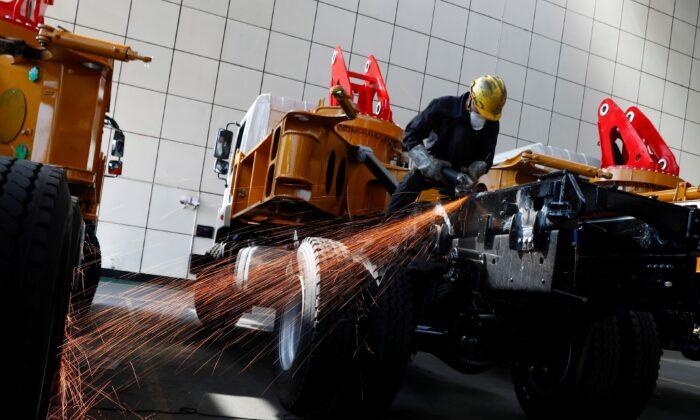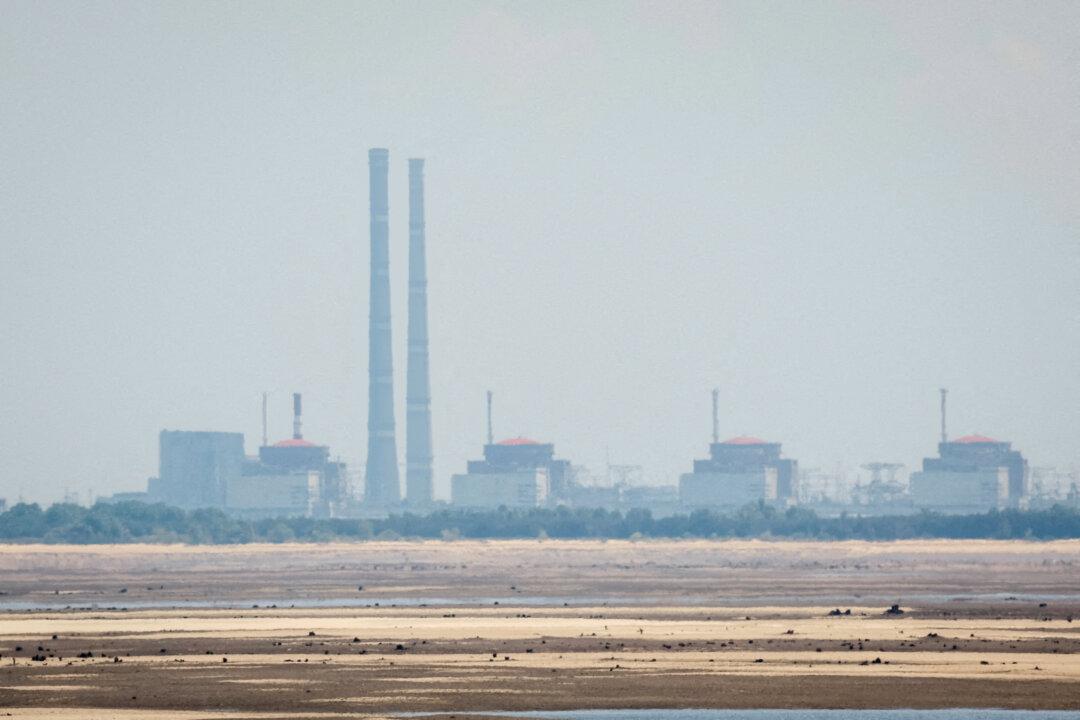BEIJING—The slump in Chinese industrial firms’ profits deepened in the first two months of 2023, weighed by lackluster demand and stubbornly high costs as China struggled to fully shake the long-term effects of COVID-19.
The sharp 22.9 percent contraction followed a 4.0 percent fall in industrial profits for the whole of 2022, data from the National Bureau of Statistics (NBS) showed on Monday, pointing to a downbeat start to the year for factories at large.
NBS statistician Sun Xiao attributed the decline to still soft demand despite an uptick in industrial output, according to a statement on the bureau’s website.
Zhou Maohua, an analyst at China Everbright Bank, said a decline in auto sector profits was a notable drag on manufacturing profits, thanks in large part to a moderation in overall demand, production costs, fading auto subsidies, and price wars.
“Currently, international commodity prices remain at high levels and overseas demand is still on a downtrend,” Zhou wrote. “Industrial and manufacturing departments still need to offer policy support, alleviating fiscal, cost, and financing pressures and stabilizing firm confidence.”
Foreign firms posted a 35.7 percent decline in profits, while private-sector firms saw their profits down 19.9 percent, according to a breakdown of the 887.21 billion yuan ($128.92 billion) profits.
Profits sank for 28 of 41 major industrial sectors during the period, with the computer, telecommunications, and other electronic equipment manufacturing industry reporting the heftiest fall at 77.1 percent.
The Monday data follows a flurry of economic indicators that show an uneven recovery from COVID-19 lockdowns.
Factory output growth accelerated to 2.4 percent in January–February, data showed earlier this month. The reading slightly undershot a 2.6 percent rise forecast in a Reuters poll of analysts.
While retail sales swung back to growth, property investment continued to decline.
China’s central bank this month unexpectedly cut the amount of cash that banks must hold as reserves for the first time this year to help support the economic recovery.
Industrial profit numbers cover firms with annual revenues of at least 20 million yuan from their main operations.
Combined January and February data are published for most economic indicators to flatten out distortions from the shifting timing of the Lunar New Year.






Friends Read Free